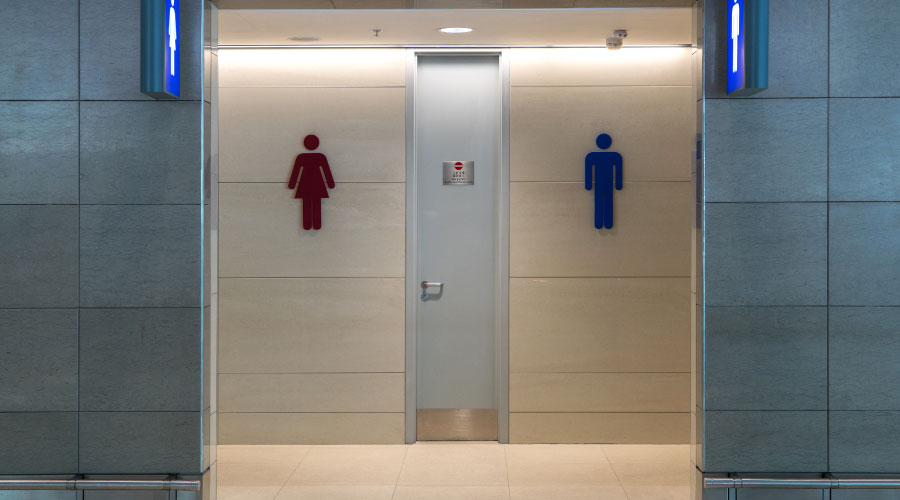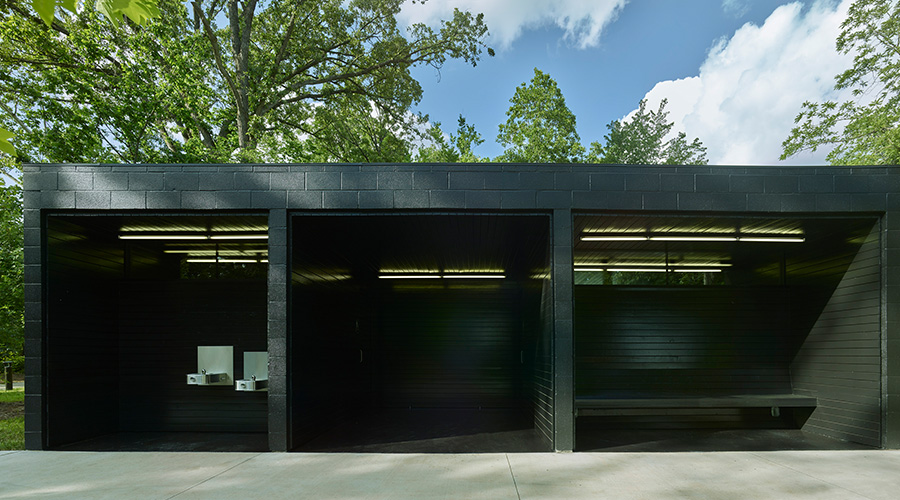Soap Dispensers: Cost and Hygiene Considerations
Like paper dispensers, soap dispensers offer managers a series of opportunities related to cost and hygiene, but they also can create challenges. Among the factors managers must consider:
- Should each sink have a soap dispenser?
- Should installers mount the dispenser on the wall or the mirror?
- Should they mount the dispenser through the counter or on the sink itself?
A related decision involves the type of soap any given dispenser uses. Questions to ask:
- Should managers specify anti-bacterial soap?
- Should the soap be in bulk so housekeepers can refill the dispenser using a bulk container?
- Should it be a bag or a box that fits right into the dispenser?
- Should it be liquid or foam?
In the last several years, hand sanitizers have become nearly universal in facilities as organizations seek to protect the health of visitors and occupants. Among the decisions for manages specifying hand sanitizers is whether to select alcohol-based or non-alcohol-based products, and whether to select a liquid or a moist towel.
In many health care facilities, installers mount dispensers for hand sanitizers in patient rooms and hallways. The dispensers can be wall-mounted or mounted on a stand. They can be touchless in many organizations, which is an important consideration when seeking to further improve facility hygiene.
Odor Control
Managers also need to consider odor control in seeking to improve the hygiene of and user experience in restrooms. Dispensers of odor-control materials use two different approaches — aerosol and solid. Most of these dispensers use batteries and a fan or an aerosol container to dispense the odor-control material.
One key consideration managers face is an aerosol unit dispenses its contents on a schedule housekeepers can adjust. The material remains in the air but then dissipates. But in the case of a bulk or solid unit with a fan, the odor-control material continually deodorizes.
Housekeeping staff also needs to change mats near urinals or stools regularly because the mats absorb odor-causing bacteria.
Putting It All Together
The temptation for managers seeking to improve restroom hygiene is to make numerous changes by specifying a series of dispensers and related products at one time. Instead, managers should consider using a strategy referred to as isolate to evaluate.
Using this strategy, a manager would not completely convert the entire facility to any one of these products until evaluating each of them. One proven way to successfully evaluate products is to install two or three different units in various restrooms in the facility, then compare the performance of various models before making a complete conversion.
The evaluation process can take time, but the results — enhancing the facility image, offering environmental benefits, improving productivity, and making restrooms easier to clean and more hygienic — benefit managers and their organizations’ bottom lines.
Related Topics:















